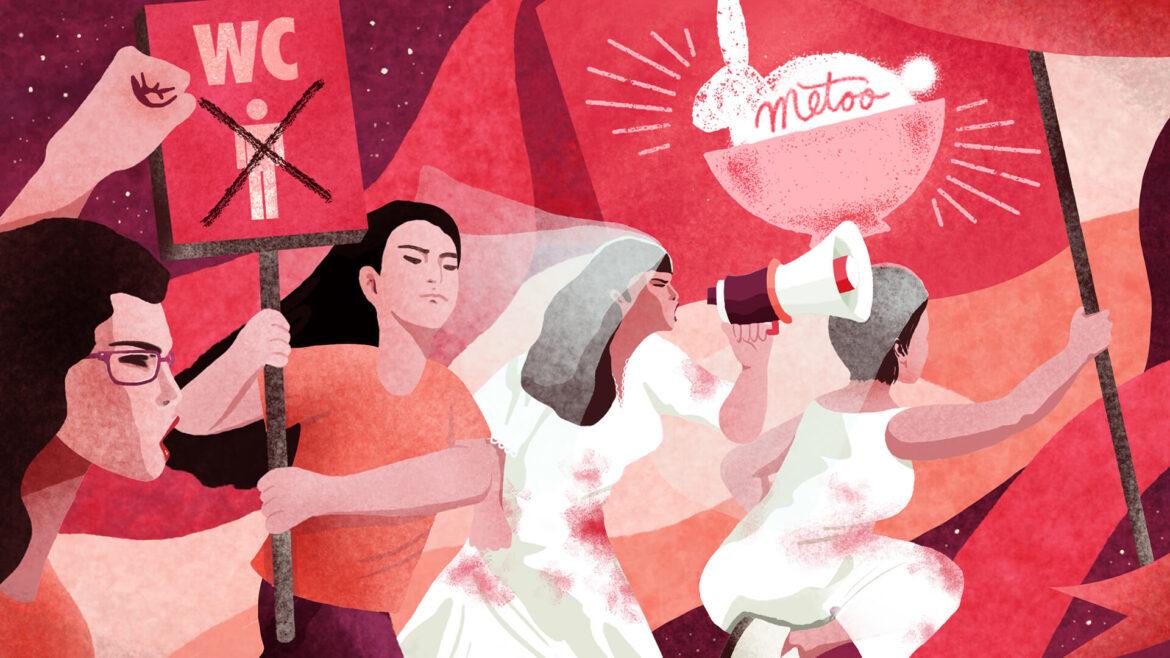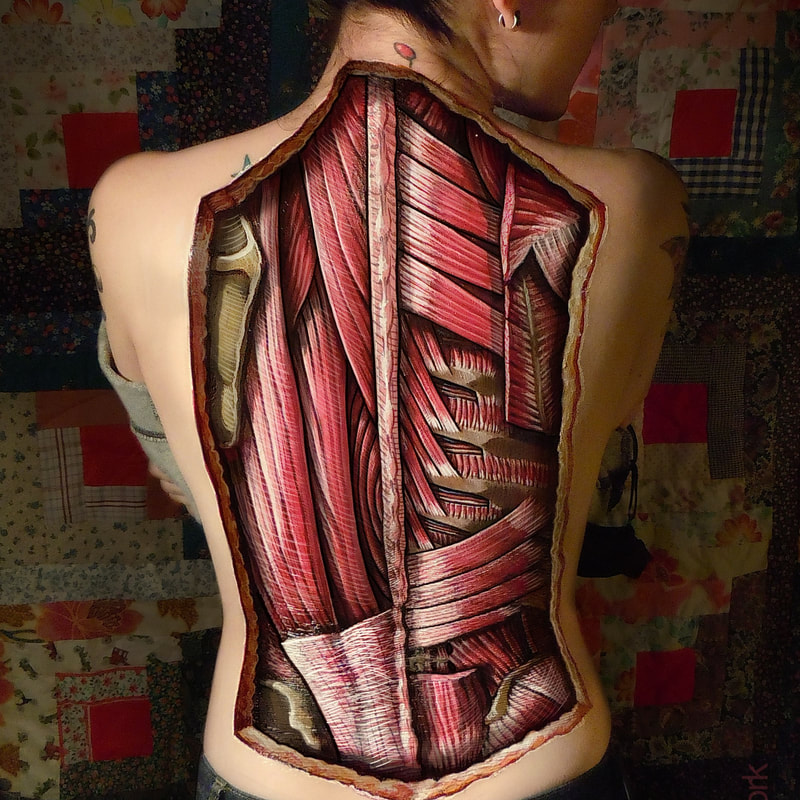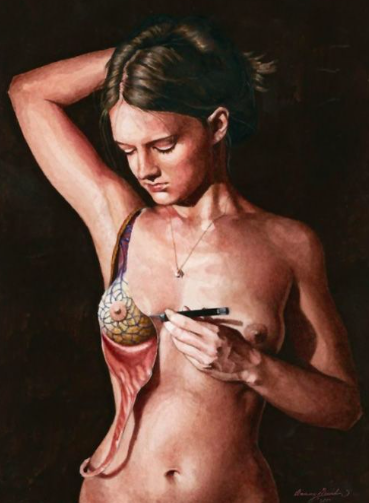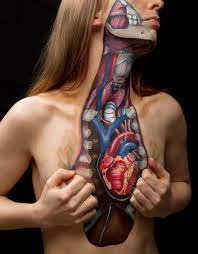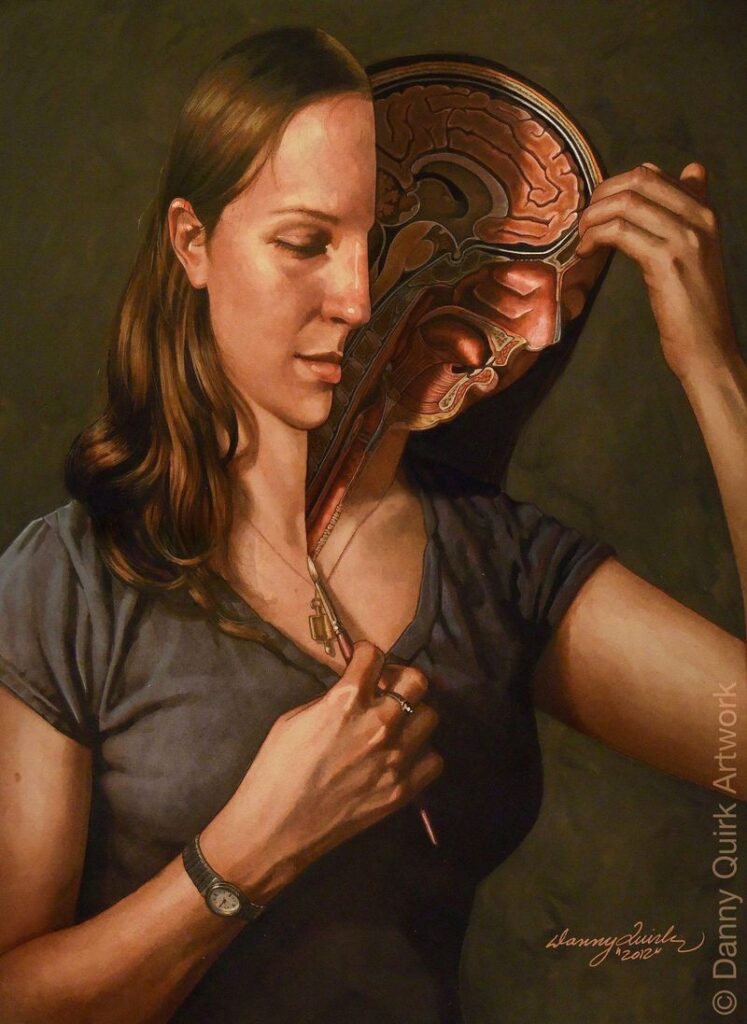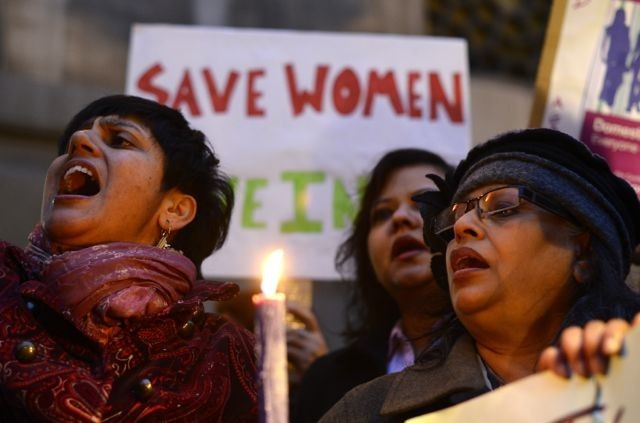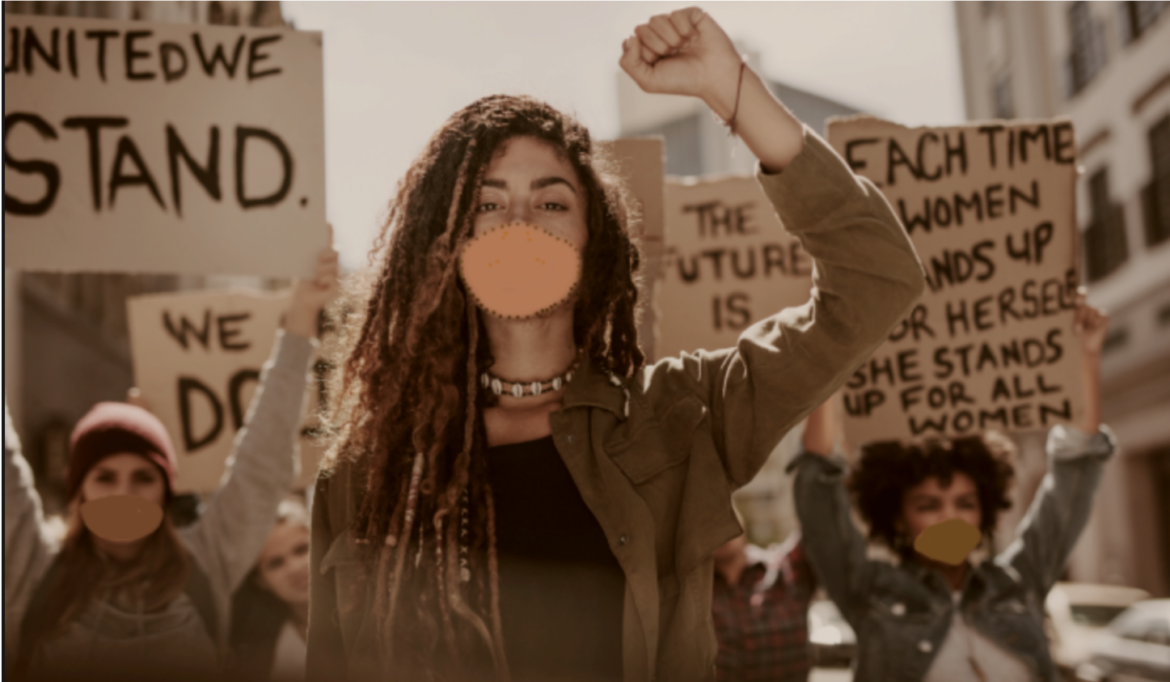By Avantika Jagdhari
“As long as women are using class or race power to dominate other women, feminist sisterhood cannot be fully realized.” – bell hooks
White feminism focuses on achieving white female equality at the expense of women of color. Although many may consider it an issue of the past, white feminism is extremely visible today through its modern incarnation of the “girlboss”, which focuses on female empowerment through capitalist means and disregards the needs of lower-income women of color. In order to understand how the feminist movement can become more inclusive, we need to look back at both the history of the feminist movement and Black women’s historical crusades.
The term feminism has historically been associated with white women due to racialized notions of femininity. White womanhood was often considered more delicate and womanly, while Black women were deemed “strong” and stripped of their femininity. These ideas resulted from the masculinization of Black women, who are “disproportionately likely to face dangerous pregnancy-related complications,” according to Vox. They are three to four times more likely than white women to die from these complications. Black women, especially those who are darker-skinned, are often perceived to feel less pain than white women due to the “natural strength” of their bodies. This dehumanizing belief is still prevalent today (“Black people are so naturally athletic!”).
Although second-wave feminists advocated for civil rights, they often deemphasized racial issues within the feminist movement and espoused an ideology of “colorblindness”. Additionally, most feminist groups at the time had very few, if any, Black female members. (Gloria Steinem stated: “It’s interesting that people write that predominantly white feminism groups had women of color as members — they didn’t. Flo [Kennedy] was the only black woman at most of these meetings.”)
A Genealogy of Intersectionality
Because mainstream white feminism was so hostile, Black women created their own social movement: womanism, a social theory based in their experiences, historical and everyday. Its purpose is to “restore the balance between people and the environment… and reconcile human life with the spiritual dimension,” according to womanist scholar Layli Maparyan.
Although the origins of “womanism” are murky, Alice Walker is believed to have first used the term in her 1979 short story “Coming Apart.” Walker defined a womanist as a “Black feminist or feminist of color”, and continued:
“A woman who loves other women, sexually and/or nonsexually. Appreciates and prefers women’s culture, women’s emotional flexibility… and women’s strength.…Committed to survival and wholeness of entire people, male and female. Not a separatist, except periodically, for health… Womanist is to feminist as purple is to lavender.”
Womanism is an umbrella which includes feminism. Its central tenets are female empowerment and the preservation of Black cultural values – unlike mainstream feminism. However, some womanists think that their experiences will never be validated by the feminist movement; they see womanism as a movement entirely independent of feminism.
Even so, the two movements’ ideologies sometimes overlap. In the 1990s and 2000s, the third-wave feminist movement incorporated womanist concepts into its theory. Although the third-wave is similar to womanism, it differs in one major regard: while third-wave feminists regard culture as one of the many elements of a woman’s identity, womanists see their identity through the lens of culture rather than other characteristics such as class or sexuality.
Both mainstream (Black and white) feminism and Walker’s womanism critiqued the social conditions of women in Europeanized societies. But then a new paradigm was established: Africana feminism, coined by Clenora Hudson-Weems, examined the specific circumstances of women of an Africanized culture.
Unlike Walker, Hudson-Weems did not see the Africana womanist and feminist movements as correlated. Africana womanists often regard mainstream feminism as myopic, feeling that many aspects of the movement are in conflict with their traditions and cultural autonomy. Hudson-Weems and others rejected feminist theory, arguing that Black women’s cultural perspectives were incompatible with the feminist ideal due to America’s history of racism and slavery. She believed that because the philosophical scope of feminism was limited to a Europeanized society, it provided Eurocentric solutions.
The values of mainstream feminism often didn’t apply to African women because they were predicated on whiteness. Due to middle-class white women’s perceived fragility, they were relegated to perform the tasks of cooking and cleaning with little else to do. The ideal of an “independent woman” was novel and empowering to them. However, historically, most Black women did not have the luxury of being a housewife. They have always worked to support their families due to the systemic racism that required both themselves and their spouse to work laborious jobs. In direct contrast to white women, many Black women idealize “the soft life”, where they can prioritize rest, healing, and “softness” while defying the “strong Black woman” stereotype and relishing their femininity. Therefore, the principles of the Africana womanist movement are in line with both traditional Black cultural values and the ideals of Black femininity. An Africana womanist was defined as “Self-Naming, Spiritual, Mothering, Family Centered, Nurturing, Genuine in Sisterhood, Male Compatible, and In Concert with Male in the Liberation Struggle,” a marked difference from the ideal “independent woman” of the feminist movement. Hudson-Weems did not hate men nor separate herself from them; on the contrary, she felt that Africana women should recognize their responsibility to protect Africana men under white supremacy, which was their real enemy. She defined womanism as the preservation of cultural autonomy and rejection of the global culture defined by white capitalist media.
However, in modern-day African womanist and feminist circles, there is an understanding of the broad structure of the feminist movement, even though its Western-centric manifestations are often dismissed. In Mary Modupe Kolawole’s 2002 article Transcending Incongruities: Rethinking Feminisms and the Dynamics of Identity in Africa, Ghanaian feminist scholar Abena Busia stated, “I am comfortable with feminism. If we concede the term feminism, we’ve lost a power struggle… Feminism is an ideological praxis that gives us a series of multiple strategies, and what those strategies have in common is that the woman is important.”
While their beliefs differ on many fronts, Walker and Hudson-Weems seem to concur about how womanism and feminism characterize men differently. Walker defines womanists as universalists who advocate for the equality of all, desiring a world where men and women can coexist while still maintaining their distinct cultural identities. Unlike feminist theory, which often solely advocated for a white, European model of female autonomy, early womanism championed the empowerment of the Black community as a whole.
Meanwhile, amidst these debates amongst womanists, a newer ideology was taking shape. “Intersectionality” was coined in 1989 by civil rights advocate and scholar Kimberlé Crenshaw, who described it as a framework to view how interlocking power structures affect marginalized people in society. Intersectional feminism examines how one’s social and political identities combine to create different modes of discrimination and privilege – these include factors such as gender, sex, race, caste, ethnicity, class, sexuality, religion, and disability.
Crenshaw’s framework broadened the scope of the first and second waves of the feminist movement. Intersectionality centered the experiences of the women on the margins of feminism: women of color, poor women, immigrant women, disabled women, etc. Unlike mainstream feminism’s colorblind mentality, intersectionality derives its power from acknowledging the different experiences between women. Rather than simply advocating for the general empowerment and equality of women, intersectionality examines systemic inequality through a female lens.
The intersectionality framework has created terminologies to describe the complicated discrimination towards particular groups – for example, Black women face “misogynoir”, which cannot be simplified as a mix of sexism and racism, as it is a more intricate societal bias. For instance, in the case of DeGraffenreid v. General Motors (1976), Emma DeGraffenreid and other Black female autoworkers sued General Motors for employment discrimination against Black women. The courts viewed racial and gender-based discrimination at the company separately, finding that its employment of Black men and white women disproved DeGraffenreid’s allegations. The decision codified that Black women must bring a race or gender-based discrimination lawsuit. However, Crenshaw argued that the courts dismissed Black women’s unique experiences by viewing them as only women or only Black.
Public displays of misogynoir most recently manifested in the differing treatments of Caitlin Clark and Angel Reese. Barstool founder Dave Portnoy, amongst others, denigrated Reese by calling her a “classless piece of shit” for doing the exact same thing that Clark had done a few days prior.
Intersectionality is also desperately needed when it comes to Indian feminism, where upper-class, upper-caste, English-speaking women in metropolitan areas often dominate the feminist movement. Marginalized women have responded by forming their own movements, such as Dalit feminism, which questions both caste and gender roles within the Dalit community and feminism. Because the Indian feminist movement is not attuned to the unique struggles that Dalit women face, such as systemic poverty, illiteracy, and caste discrimination, it represents only a sliver of Indian women.
Mainstream feminism too often ignores the distinctions between the treatment and experiences of cisgender white, upper-class, or upper-caste women and marginalized women that result in different ideals of equality for each group.
Modern-Day White Feminism Upholds the Status Quo
In 2023, the mainstream feminist movement’s understanding of racial politics has undeniably advanced. But is it truly inclusive?
The truth is that white feminism still runs rampant in feminist circles. Over the years, “female empowerment” has manifested as corporate feminism that champions a certain kind of woman: those who successfully foray into male-dominated spaces, such as politicians or CEOs of Fortune 500 companies.
The “Lean In” feminism of women such as Sheryl Sandberg, an American tech executive and former COO of Facebook, exemplifies this ideology. In her book, entitled Lean In: Women, Work, and the Will to Lead, Sandberg advises professional women to “break glass ceilings” and ascend the corporate ladder by “leaning in” – a cute catchphrase for the idea that women must try harder to advance in the professional world. Sandberg’s brand of feminism encourages women to climb oppressive structures and embrace them instead of resisting against them, capitalizing off of shallow slogans in the name of female empowerment.
On the surface, Lean In’s chapter titles can seem somewhat feminist: “The Leadership Ambition Gap: What Would You Do If You Weren’t Afraid?”, “Seek and Speak Your Truth”, “The Myth of Doing It All”, and, most notably, “Working Together Toward Equality.” However, the book ends up placing the onus on professional women instead of the systemic gender bias in the workplace: Maybe if women weren’t so afraid to be ambitious, maybe if women didn’t doubt themselves so much, maybe if women asserted themselves more…
Lean In ignores the realities of intersectionality; as a cisgender, upper-class white woman, Sandberg possesses many advantages that marginalized women do not – namely, she does not have to face the problems of lower wages and racist hiring policies. Nevertheless, she seems to suggest that any woman could ascend to the upper echelons of leadership if they just tried hard enough.
Moreover, Sandberg and other women of her ilk believe in the idea of “trickle-down feminism”: that the success of an elite group of women would result in the gain of all women. A similar topic was also debated on the talk show The Real. Proponents of this ideology disregard the fact that broken systems cannot be fixed by individuals – putting women in positions of power merely makes them the new, more diverse faces of discriminatory institutions. A Facebook cafeteria worker, Nicole, who lived in a garage with her husband and children, helped unionize her cafeteria so that she would be able to purchase essential needs such as food and medical treatment. The Facebook leadership, including Sandberg, perpetuated low wages at the company, which resulted in Nicole’s impoverished circumstances. Underpaid laborers are also often women of color, who are rendered invisible by Lean In.
The rise of self-help quasi-feminist novels such as Lean In and #Girlboss represents the economic and racial divide within the feminist movement. In her article “Does Feminism Have a Class Problem?”, Kathleen Geier described Sandberg’s ideology as an “enthusiasm for capitalism and [her] advocacy of a depoliticized strategy that focused on empowerment rather than collective action.”
She argues that in order to advance economic equality, real systemic changes must be made – universal childcare, paid family and sick leave, and a cap on work hours, for instance. White feminists have consistently failed to advocate for these policies, leaving marginalized women to flounder economically and socially. This has become especially apparent during the COVID-19 pandemic, during which lower-income women of color, who comprise more than half of the workers in housekeeping, personal care services, and nursing assistance, suffered greatly.
In order to progress towards true inclusivity, feminists must rectify the blunders of white feminism by centering the concerns of all women and fighting for the policies that would benefit marginalized women. Rather than being solely concerned with individual female success, the movement must work to dismantle oppressive systems around the world and incorporate the racial politics of intersectionality into its theory and praxis instead of disregarding them as it has historically done.
Works Cited
Jackson, Deborah. “Africana-Melanated Womanism: In It Together.” Cambridge Scholars, 17 August 2022.
Kolawole, Mary Modupe. “Transcending Incongruities: Rethinking Feminisms and the Dynamics of Identity in Africa.” Agenda, 2002.


